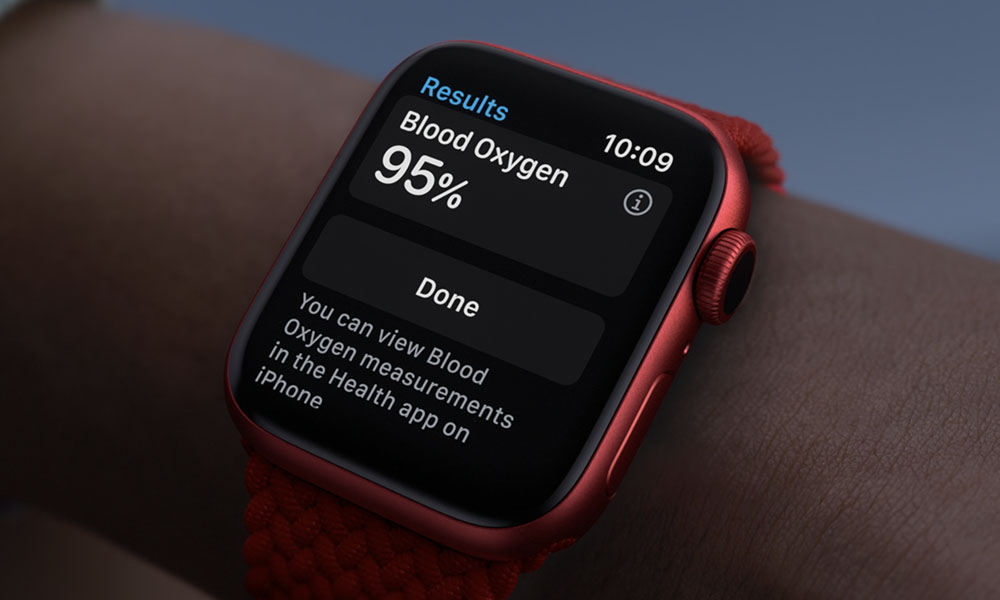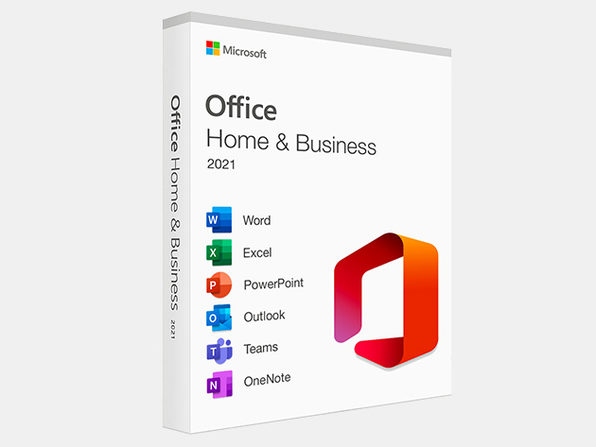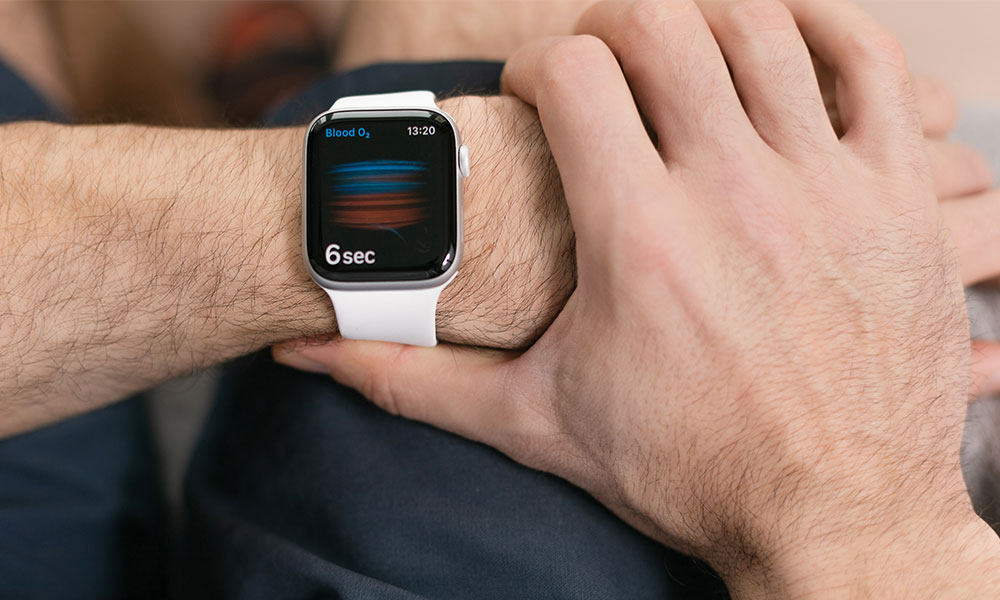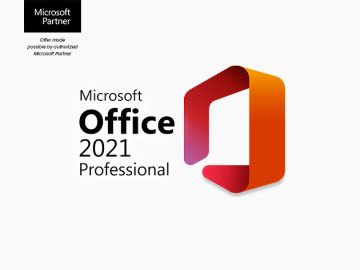Apple Still Fighting to Get Blood Oxygen Back on Your Wrist
 Apple
Apple
Toggle Dark Mode
Apple hasn’t given up on its legal battle to restore the blood oxygen sensor to the Apple Watch in the United States. Today, the company petitioned a federal appeals court to overturn the ongoing import ban, arguing that it has impacted millions of Apple Watch customers as a result of a ruling that Apple maintains is based on vaporware.
Reuters reports that Apple attorney Joseph Mueller argued before the US Court of Appeals for the Federal Circuit that the International Trade Commission’s 2023 ruling had wrongly “deprived millions of Apple Watch users” of Apple’s blood-oxygen feature. Mueller also reiterated Apple’s previous argument that Masimo’s development of a competing smartwatch as justification for the ITC ruling should be disregarded as the wearable device was “purely hypothetical” when the case began, and the patent holder had shown no evidence that it had made any investment in the product.
For its part, Masimo’s lawyer, Joseph Re, claimed that Apple is trying to “rewrite the law,” and that Apple’s argument that a “finished product” is required to justify the ITC’s decision is wrong. He also reminded the court that Masimo released its blood-oxygen tracking W1 watch in 2022.
Masimo has long contended that Apple not only violated its patents in the implementation of blood oxygen sensing on the Apple Watch Series 6 and later models, but also that it had stolen the technology through the poaching of Masimo’s senior employees to work on developing it for Apple.
That latter point was the subject of a separate 2020 lawsuit that ultimately ended in a mistrial when the six jurors who sided with Apple couldn’t convince the lone holdout to concur. Masimo is continuing that fight with a bench trial, although it has dropped its original request for $1.85 billion in damages to seek an injunction against the Apple Watch instead.
This move may seem redundant, considering that Masimo has already convinced the ITC to ban the Apple Watch blood oxygen sensor in the United States. However, a win on the trade secrets case would give Masimo a second line of defence if Apple succeeds in overturning the ITC ruling, which is what this current appeal is about. Even if Apple doesn’t prevail in the patent case, Masimo’s patents are set to expire in 2028, which means the blood oxygen sensor will eventually return unless the smaller health tech company finds another way to block it.
The current state of affairs began in October 2023 when the ITC handed down an order setting December 25 as the deadline after which Apple would no longer be permitted to import or sell any wearables with the infringing blood oxygen technology. The Apple Watch briefly disappeared from US shelves as a result, but Apple won a temporary stay while its appeal was heard and returned the Apple Watch Series 9 and Apple Watch Ultra to sale only two days later.
While that first appeal played out, Apple began exploring ways to disable the blood oxygen sensor at the software level, in hopes that this would satisfy the ITC’s requirements. It did, and Apple was allowed to continue selling the Apple Watch in the US without the blood oxygen sensor activated. However, that’s strictly a software change, which means that Apple should be able to switch the blood oxygen sensor back on as soon as it’s legally permitted to do so.
This ruling also only affects Apple Watch models sold in the United States. Apple Watch models sold in every other country include a fully functional blood oxygen sensor. It’s unclear what the customs and import ramifications would be for a private citizen who chose to purchase an Apple Watch in another country, but there are no geographic restrictions or other software changes that will prevent the blood oxygen sensor from functioning on an Apple Watch that it’s already been enabled on, whether that’s one that was purchased before the ban or one being worn by someone visiting from abroad.








